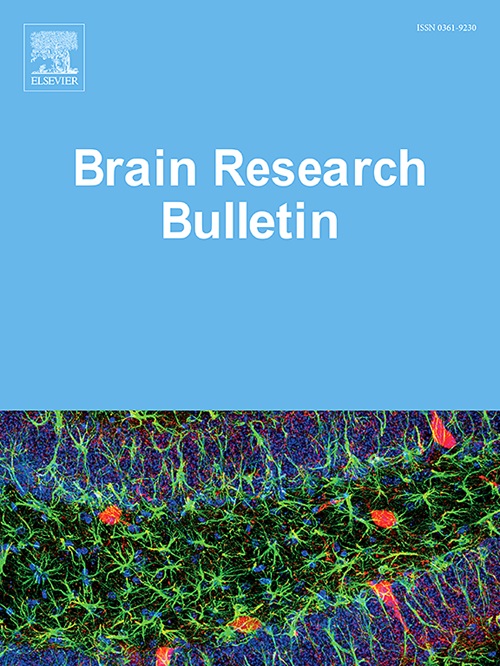Neuroimaging features for cognitive fatigue and its recovery with VR intervention: An EEG microstates analysis
IF 3.5
3区 医学
Q2 NEUROSCIENCES
引用次数: 0
Abstract
Introduction
Cognitive fatigue is mainly caused by enduring mental stress or monotonous work, impairing cognitive and physical performance. Natural scene exposure is a promising intervention for relieving cognitive fatigue, but the efficacy of virtual reality (VR) simulated natural scene exposure is unclear. We aimed to investigate the effect of VR natural scene on cognitive fatigue and further explored its underlying neurophysiological alterations with electroencephalogram (EEG) microstates analysis.
Methods
Ten participants performed a 20-minute 1-back task before and after VR intervention while EEG was recorded (pre-task, post-task). Performance was measured with mean accuracy rate (MAR) and mean reaction time (MRT) of the continuous 1-back task. VR simulation of the Canal Town scene was utilized to alleviate cognitive fatigue caused by 1-back tasks. Four resting-state phases were identified: beginning, pre, post, and end phases.
Results
Post-task had a higher MAR and a lower MRT than pre-task. For pre-task, MAR was negatively correlated with trials, while MRT was positively correlated with trials. Four EEG microstates classes (A-D) were identified, and their temporal parameters (mean duration, time coverage and occurrence) and transition probabilities were calculated. After intervention, mean duration and time coverage of class B decreased, all parameters of class C increased, while all parameters of class D decreased. Transition probabilities between classes B and D decreased but increased between classes A and C.
Conclusion
VR simulation of Canal Town scene is a potentially effective method to alleviate cognitive fatigue. Microstate is an electrophysiological trait characteristic of cognitive fatigue and might be used to indicate the effect of VR intervention.
求助全文
约1分钟内获得全文
求助全文
来源期刊

Brain Research Bulletin
医学-神经科学
CiteScore
6.90
自引率
2.60%
发文量
253
审稿时长
67 days
期刊介绍:
The Brain Research Bulletin (BRB) aims to publish novel work that advances our knowledge of molecular and cellular mechanisms that underlie neural network properties associated with behavior, cognition and other brain functions during neurodevelopment and in the adult. Although clinical research is out of the Journal''s scope, the BRB also aims to publish translation research that provides insight into biological mechanisms and processes associated with neurodegeneration mechanisms, neurological diseases and neuropsychiatric disorders. The Journal is especially interested in research using novel methodologies, such as optogenetics, multielectrode array recordings and life imaging in wild-type and genetically-modified animal models, with the goal to advance our understanding of how neurons, glia and networks function in vivo.
 求助内容:
求助内容: 应助结果提醒方式:
应助结果提醒方式:


